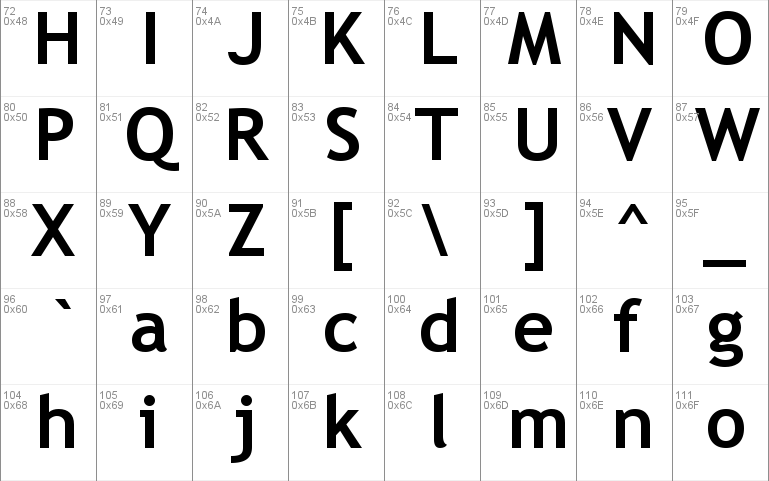

- #MS TTF CORE FONT OPENSUSE HOW TO#
- #MS TTF CORE FONT OPENSUSE INSTALL#
- #MS TTF CORE FONT OPENSUSE UPDATE#
- #MS TTF CORE FONT OPENSUSE PATCH#
But unfortunately, it is not available in the Microsoft Core Fonts (it is however, in the above RPM package). (Try it out on and you will see what I mean.) Another Microsoft font called Tahoma is fantastic at small sizes. Its italics are way better than Times New Roman. Georgia is great as the standard font for your web browser. Andale, Courier New and Lucida Console are monospaced fonts that are suited for terminal apps. The fonts are: Andale Mono, Arial, Comic Sans MS, Courier New, Georgia, Impact, Times New Roman, Trebuchet MS, Verdana and Webdings. Or, at your option, add the repository at UNSPEC to your package manager configuration to catch potential updates.
#MS TTF CORE FONT OPENSUSE INSTALL#
In SUSE Linux 10.1 and newer, just download and install this package:
#MS TTF CORE FONT OPENSUSE UPDATE#
You should get them from YaST Online Update, the SuSE update manager.įile:YOUInstallMSCoreFonts.png SuSE Linux 10.1 / openSUSE 10.2 / 10.3 You can accomplish the same by editing /etc/sysconfig/fonts-config and changing the value of BYTECODE_BW_MAX_PIXEL. In SuSE 10.0/10.1, go to YaST -> System -> /etc/sysconfig Editor and change value of Desktop -> BYTECODE_BW_MAX_PIXEL to 18. In my case, it is 0 to 11 points, but I will tell you how you can determine the higher bound later in this tutorial. In this case, leave the box checked but click on the Configure button, check the box "Exclude range" and choose a range. Perhaps you prefer to keep anti-aliasing for large fonts. KDE control center -> Appearance & Themes -> FontsĪnd uncheck "Use anti-aliasing for fonts". With SuSE 9.3, the only thing you can do is to go to On SUSE Linux 10.0/10.1, freetype2 is already compiled with the Bytecode Interpreter enabled so you do not need to do anything to freetype.ĭisabling anti-aliasing and hinting SuSE Linux 9.3
#MS TTF CORE FONT OPENSUSE HOW TO#
Refer to the SUSE documentation in order to learn how to rebuild a RPM package.

#MS TTF CORE FONT OPENSUSE PATCH#
On SUSE Linux 9.3, this is not enabled by default, so you should get the freetype2 source RPM, uncomment the line at the bottom of the spec file regarding patch #100, then rebuild the RPM and install it. But while it is true that you will achieve good rendering with most of the free fonts, this is quite ugly for the MS TrueType Core Fonts. The freetype people do recommend not to use the bytecode interpreter anymore in favor of their auto-hinting code. In order to get a good rendering of the MS TrueType Core Fonts, the BYTECODE_INTERPRETER setting should be enabled in freetype2. Notice that the small fonts are rendered sharply for a better reading experience, but the bigger ones are anti-aliased (take a look at the sentences "Welcome to " and "Download SUSE Linux"). In order to decide if this tutorial is for you, here is a picture of the kind of rendering you will have with this tutorial. You can find a how-to on the subject at but this WIKI document is SuSE-centric. If you are not particularly happy with the stock SUSE font rendering, this page could make you really happy with a good visual feeling on SUSE. How to render fonts on Linux is a passionate debate, as some people prefer anti-aliased fonts, where others prefer rendering to be sharper, like when ClearType is disabled in Microsoft Windows systems (this is often the case except on some laptops with a restoration CD). 8 Settings for GTK2 Apps running on KDE.


 0 kommentar(er)
0 kommentar(er)
